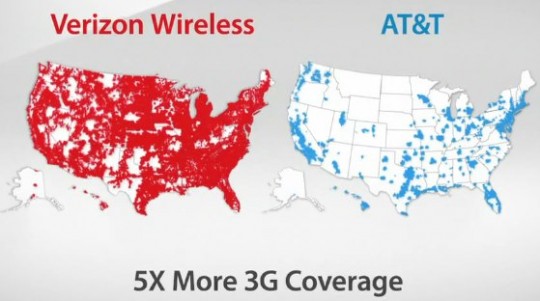Wednesday’s theme was layers. And the significance that comes from the interaction between them. And I suppose the effect that the combination of layers has on people.
First, I defended my master’s thesis. The topic was “The Effects of Multiple Thematic Layers on Web Map Use by Middle School Students.” Kind of boring, yeah, but I’ve grown fond of the topic, and I’d say given the response from my committee, they find now faults in my research. To sum it up in a sentence: “Combining multiple thematic layers on a web map will not negatively impact a middle school student’s ability to accurately answer questions with the map, nor negatively impact the response time in answering.”

Ditto with adding a hillshade layer for terrain portrayal. The defense is over and now I’m left to make some surprisingly minor edits to the document before giving it to the school.
But layers can manifest in many ways. The next way can be summed up in this title: “The effects of multiple layers of awesomeness on my victory sandwich.” Yeah. Sesame bagel, some sort of cream cheese, course mustard, swiss, lettuce, tomato and turkey pastrami. I ate it out in the sun, hardly believing that I’d come to the conclusion of my graduate work. Barley got none.
Lastly, I went to see Battles (the band) at the Doug Fir lounge with my neighbor Eric. I was really happy to take Eric (when Scott bailed (boohoo, i tore the tendons off my finger and don’t want to drive 4 hours on a weeknight. Really though, thanks for the beer)) because he’d allowed me to pilot my thesis fieldwork in his classroom and he loves music. Plus, he’s just a fun dude.
The last manifestation of layers was in the music. In a somewhat awkward to see live way, the musicians recreated the fruits of their studio work for us to enjoy. I freely admit that most people won’t like the music – I’m sure it seems like absurd noise to most. But the show was fantastic, and the music can be described as somewhat accurately by the interaction of multiple layers of sound and timings to quite an excellent end. Plus, John Stainer is awesome. They all were.
It’s been really interesting to watch the appearance and now in many ways generally accepted practice of using samplers with live music. It’s a great tool in building and composing complex layers of sound, but it can often prove to be challenge to the in-person experience if the musician is not sure how to engage the audience and the music comfortably. It’s like being with someone who is constantly checking his phone through your conversation. The upside is that instead of another conversation, you get sweet, sweet music.
Did I mention I successfully defended my thesis? Yeah? Ok.






